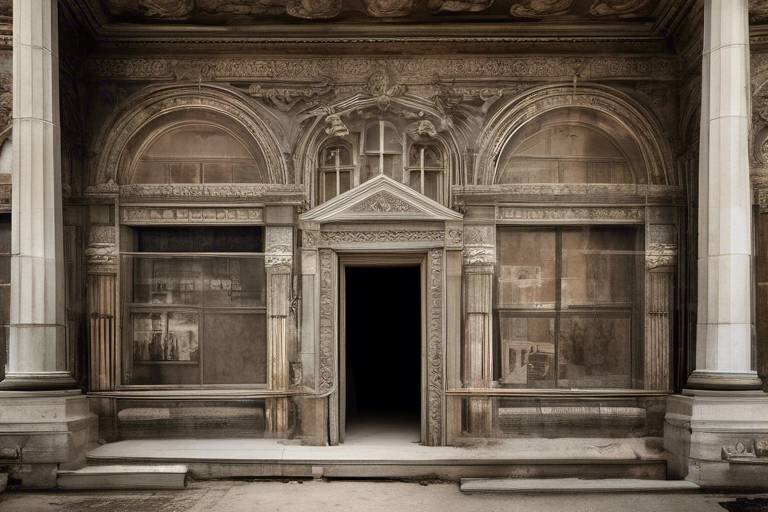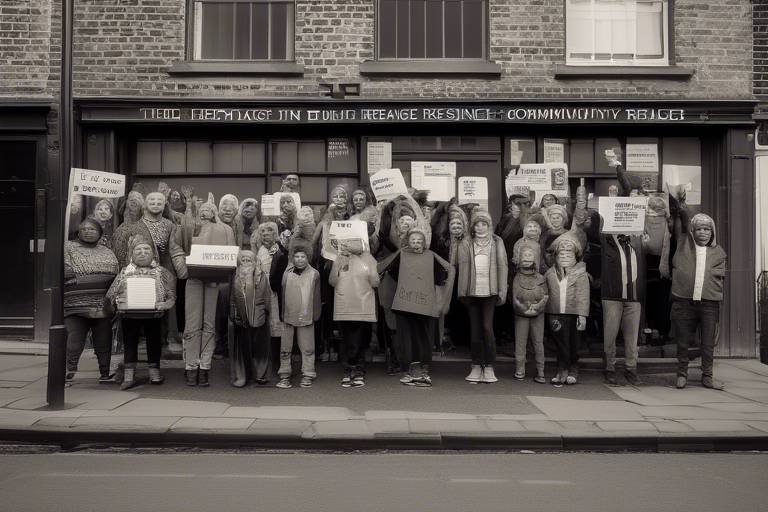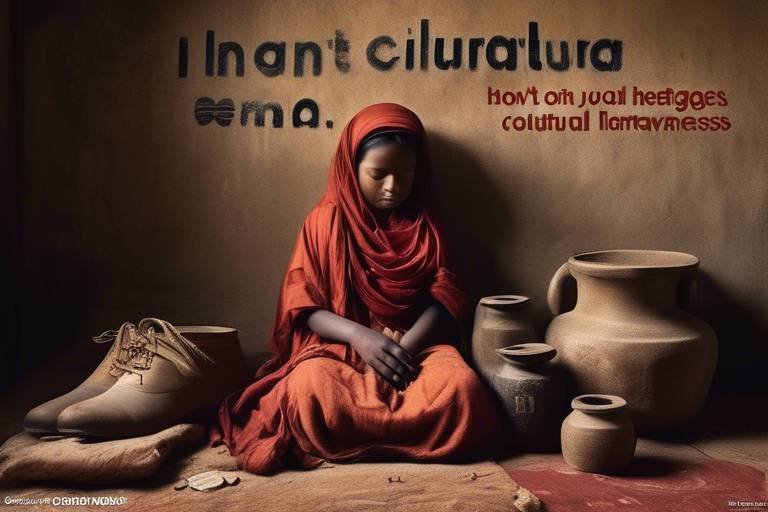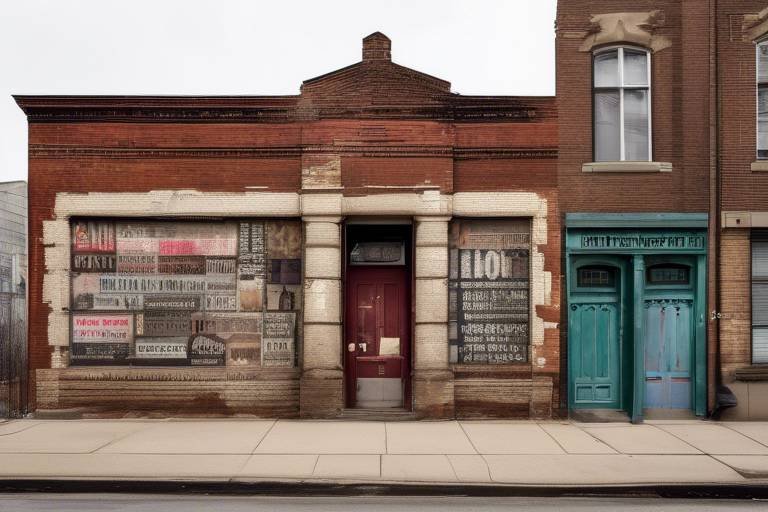The Ethics of Heritage Restoration - Balancing Preservation and Access
When it comes to heritage restoration, a delicate balance must be struck between preserving the past and allowing present and future generations access to these cultural treasures. The ethics of heritage restoration revolve around navigating this fine line, ensuring that preservation efforts do not hinder public engagement and appreciation of our shared history.
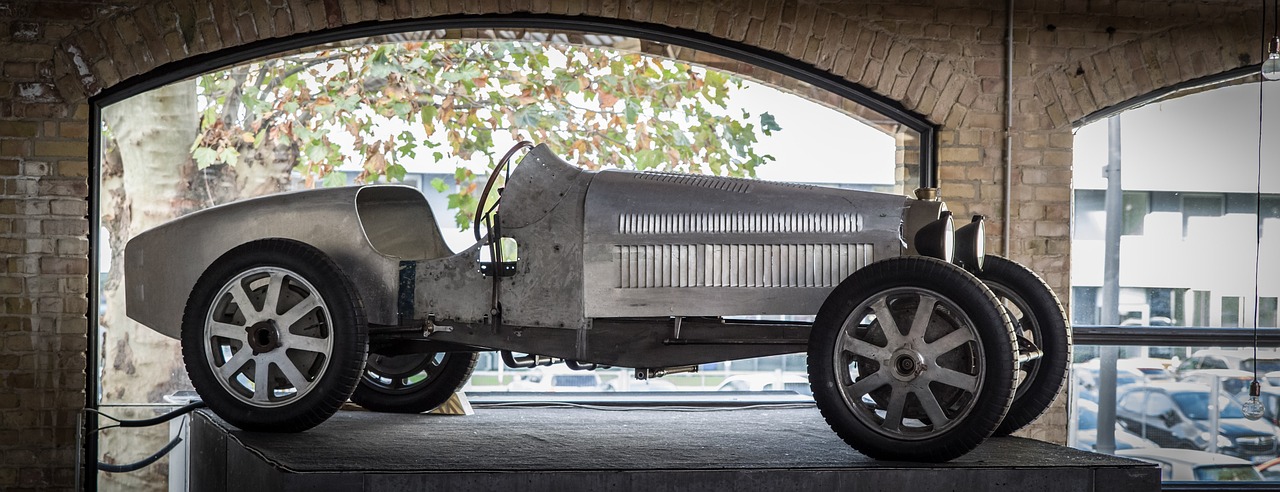
Preservation vs. Accessibility
When it comes to heritage restoration, a delicate balance must be struck between preservation and accessibility. On one hand, there is a strong argument for maintaining the authenticity and integrity of heritage sites through rigorous preservation efforts. These measures are crucial in safeguarding the historical significance and cultural value of these sites for future generations. However, the need for public access cannot be overlooked. Allowing people to engage with these heritage sites firsthand is essential for educational and cultural purposes. It fosters a deeper appreciation for history and heritage, creating a sense of connection and belonging to the past.

Community Involvement in Restoration
Community involvement plays a crucial role in the restoration of heritage sites, ensuring that the local community's cultural heritage is respected and preserved for future generations. By actively engaging community members in the restoration process, stakeholders can foster a sense of ownership and pride in their shared history, creating a deeper connection between the community and the heritage site.
One way to involve the community in restoration efforts is through educational programs and workshops that provide opportunities for residents to learn about the history and significance of the site. By increasing awareness and understanding, community members can develop a sense of stewardship towards the heritage site, leading to greater support for preservation initiatives.
Furthermore, community involvement can extend beyond the restoration process to include ongoing maintenance and stewardship of the site. Establishing volunteer programs or community committees dedicated to the upkeep of the heritage site can ensure its long-term sustainability and continued relevance within the community.
Collaborating with local businesses and organizations can also enhance community involvement in restoration projects. By partnering with stakeholders from various sectors, restoration efforts can benefit from diverse expertise, resources, and perspectives, contributing to a more holistic and inclusive approach to heritage preservation.
Ultimately, community involvement in heritage restoration not only safeguards cultural heritage for future generations but also strengthens community bonds, fosters a sense of pride and belonging, and promotes the sustainable management of heritage sites for the benefit of all stakeholders.
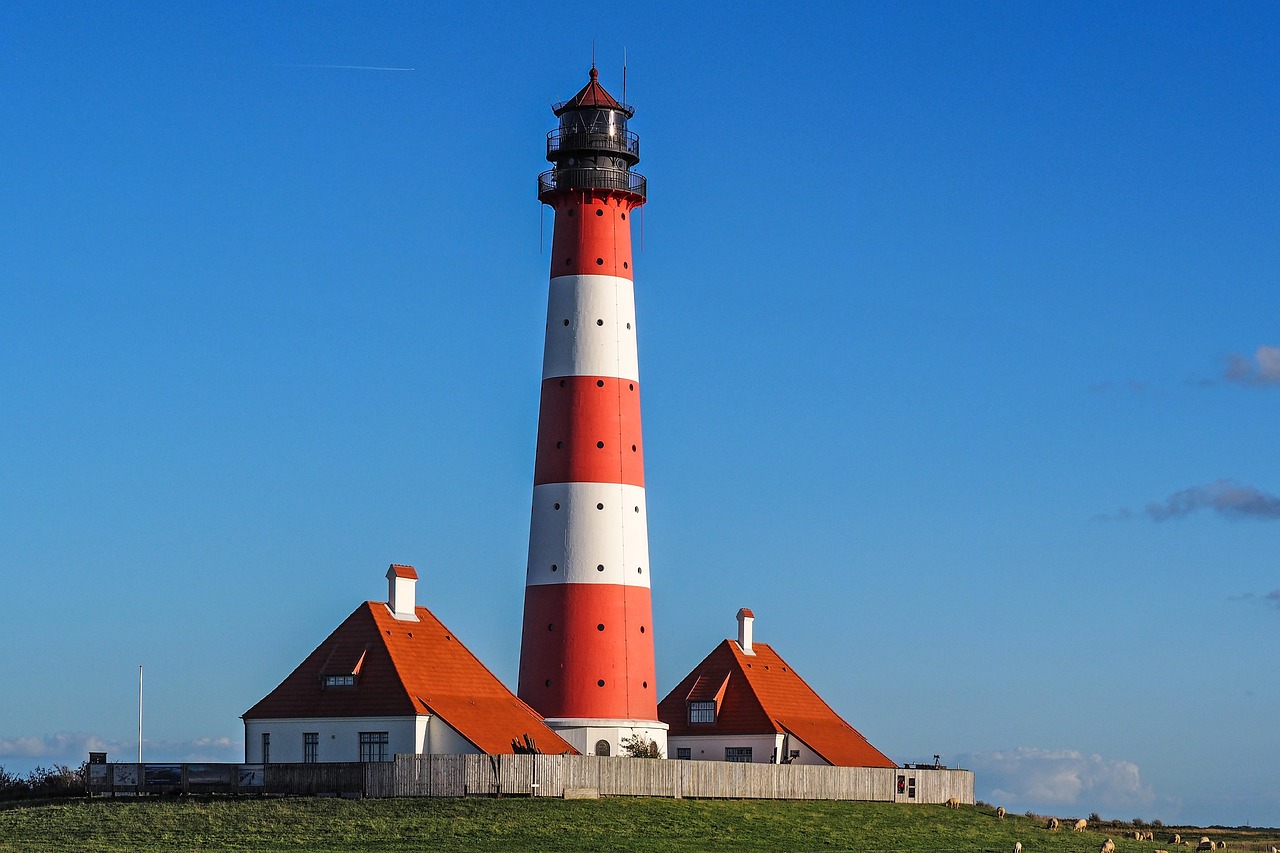
Economic Impact of Restoration Projects
When it comes to heritage restoration projects, the economic impact plays a crucial role in determining the feasibility and sustainability of such endeavors. These projects often involve significant investments in terms of both time and resources, with the potential to generate substantial economic benefits in return. One of the primary economic advantages of heritage restoration is the boost it can provide to local economies through increased tourism and cultural appreciation.
By restoring heritage sites and making them accessible to the public, these projects can attract visitors from near and far, contributing to the growth of local businesses such as hotels, restaurants, and souvenir shops. This influx of tourists not only stimulates economic activity in the area but also helps in creating job opportunities and supporting the livelihoods of local residents.
Furthermore, heritage restoration projects have the potential to enhance the overall value of the surrounding community by preserving its cultural identity and historical significance. This, in turn, can lead to an appreciation for the heritage site, attracting more visitors and further boosting economic growth in the long term.
However, it is essential to strike a balance between the economic benefits of heritage restoration and the ethical responsibilities involved in preserving cultural heritage. While economic considerations are important, they should not come at the expense of compromising the authenticity and integrity of the heritage site. Finding this balance requires careful planning, stakeholder engagement, and a thorough understanding of the cultural significance of the site.
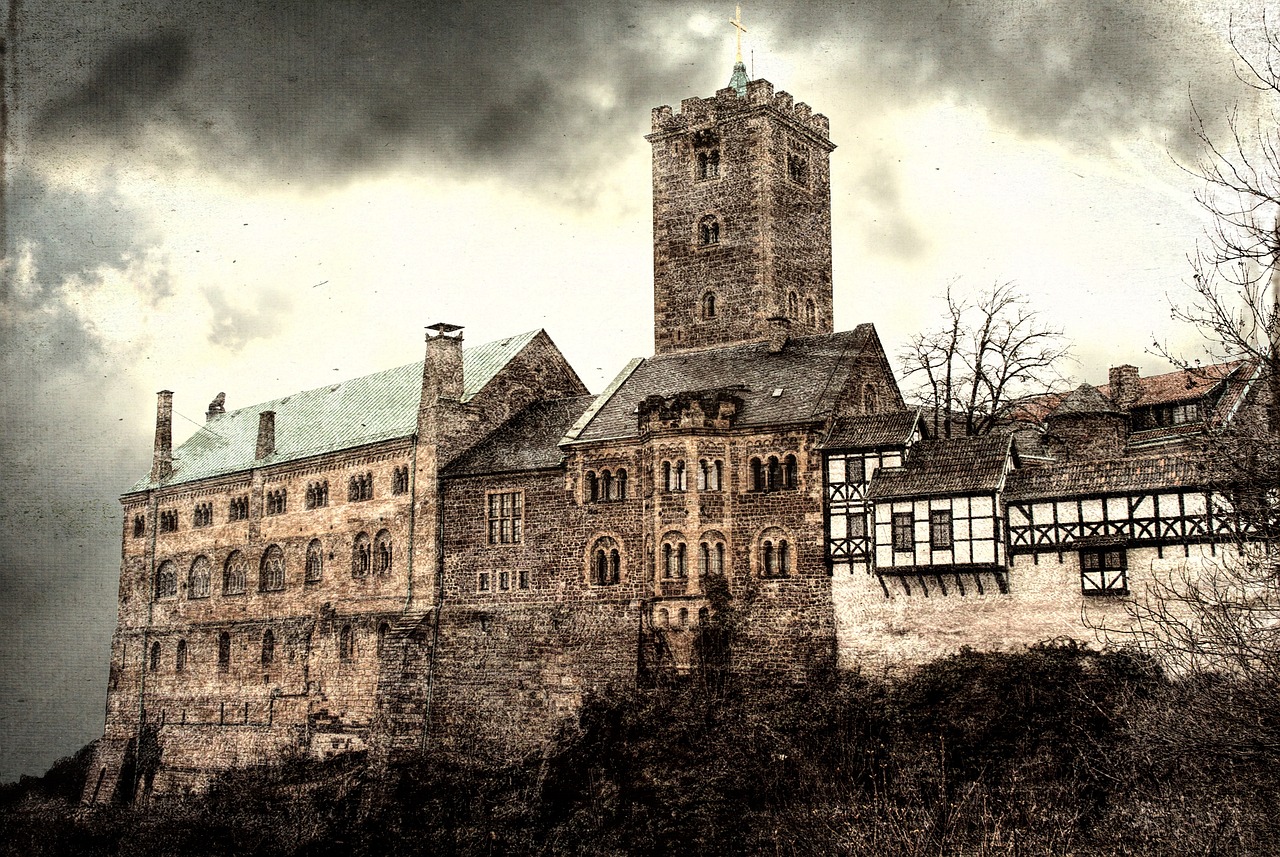
Technological Advancements in Restoration
Exploring the complex ethical considerations involved in restoring heritage sites, weighing the importance of preservation against the need for public access and engagement to ensure the sustainability of cultural heritage for future generations.
When it comes to heritage restoration, technological advancements have played a pivotal role in revolutionizing the field. One of the most significant innovations is the use of 3D scanning and digital reconstruction techniques. These technologies allow experts to create detailed digital replicas of heritage sites, enabling precise restoration work without risking damage to the original structures. By utilizing these tools, preservationists can now explore new possibilities for safeguarding cultural heritage in ways that were previously unimaginable.
In addition to 3D scanning, virtual reality (VR) and augmented reality (AR) have also emerged as powerful tools in the restoration process. These immersive technologies provide a unique opportunity for the public to experience heritage sites in a dynamic and interactive way. By creating virtual tours or AR applications, heritage sites can be brought to life for a global audience, fostering greater appreciation and understanding of our shared cultural history.
Moreover, artificial intelligence (AI) has been increasingly utilized in heritage restoration projects. AI algorithms can analyze vast amounts of data to assist in the identification of historical materials, patterns, and structures, aiding conservation efforts and ensuring the authenticity of restoration work. This marriage of technology and heritage preservation not only enhances the efficiency of restoration projects but also opens up new avenues for exploring and preserving our cultural legacy.
Furthermore, the integration of drones in heritage restoration has proven to be a game-changer. Drones equipped with high-resolution cameras can capture detailed aerial images of heritage sites, providing invaluable data for conservationists and archaeologists. This aerial perspective allows for comprehensive monitoring of heritage sites, facilitating better decision-making and preservation strategies.
In conclusion, technological advancements in restoration have significantly expanded the possibilities for preserving and presenting cultural heritage. From 3D scanning and digital reconstruction to virtual reality, artificial intelligence, and drones, these innovations have transformed the way we approach heritage conservation. By embracing these technologies, we can ensure that our cultural heritage remains vibrant and accessible for generations to come.

Environmental Sustainability in Restoration
When it comes to heritage restoration, one crucial aspect that cannot be overlooked is environmental sustainability. It is imperative to incorporate sustainable practices into restoration projects to minimize the environmental impact and ensure the long-term preservation of both the cultural heritage sites and their surrounding ecosystems.
By integrating eco-friendly techniques and materials, restoration efforts can not only protect the historical significance of a site but also contribute to the overall health of the environment. This approach involves careful planning and execution to balance the restoration goals with the need to safeguard the natural surroundings.
Furthermore, considering the interconnectedness of cultural heritage and the environment, restoration projects should aim to enhance biodiversity, promote conservation, and reduce carbon footprint. This holistic approach ensures that the restoration process not only respects the past but also secures a sustainable future for generations to come.

Controversies in Heritage Restoration
When it comes to heritage restoration, controversies are inevitable as different stakeholders often hold conflicting views on how best to approach the preservation and revitalization of cultural sites. One of the primary controversies in heritage restoration revolves around the clash between preservationists and developers. Preservationists advocate for strict adherence to historical accuracy and authenticity, often resisting any form of modernization or alteration to heritage structures. On the other hand, developers may prioritize economic gains and modern amenities, leading to conflicts over the balance between preserving the past and adapting to present needs.
Another contentious issue in heritage restoration is the ongoing debate between maintaining authenticity versus embracing modernization. While some argue that heritage sites should remain untouched to retain their historical significance, others advocate for incorporating contemporary elements to make these sites more relevant and accessible to a wider audience. This clash between tradition and innovation can spark heated discussions among conservationists, historians, architects, and the general public.
Furthermore, controversies arise when different values and interests collide in the restoration process. Balancing the needs of local communities, tourists, government bodies, and heritage conservation organizations can be challenging, especially when competing priorities come into play. Questions of who should have the final say in restoration decisions, how resources should be allocated, and what compromises are acceptable often lead to complex ethical dilemmas that require careful consideration and negotiation.
In navigating these controversies, it is essential for all stakeholders involved in heritage restoration to engage in open dialogue, respect diverse perspectives, and prioritize the long-term sustainability of cultural sites. By acknowledging the complexities of balancing preservation with accessibility, addressing conflicting viewpoints with empathy and understanding, and upholding ethical standards in decision-making processes, the field of heritage restoration can strive towards creating a harmonious blend of past traditions and future aspirations.

Legal and Ethical Frameworks for Restoration
When it comes to heritage restoration, navigating the legal and ethical landscape is crucial to ensure that preservation efforts are carried out responsibly and sustainably. Various frameworks exist to guide restoration projects, ranging from international conventions to national heritage laws and ethical guidelines.
International agreements such as the UNESCO World Heritage Convention play a significant role in setting standards for the preservation of cultural heritage sites worldwide. These conventions aim to protect and conserve sites of outstanding universal value, emphasizing the importance of balancing preservation with accessibility for future generations.
At the national level, countries have their own heritage laws that outline the legal requirements and restrictions for restoration projects. These laws often dictate the procedures for obtaining permits, conducting assessments, and implementing conservation measures to safeguard the cultural significance of heritage sites.
Ethical considerations also play a crucial role in heritage restoration, guiding decision-making processes to ensure that interventions respect the authenticity and integrity of the site. Ethical guidelines emphasize the importance of consulting with local communities, experts, and stakeholders to incorporate diverse perspectives and foster a sense of shared responsibility for cultural heritage preservation.
Moreover, ethical frameworks promote transparency in restoration practices, advocating for open communication, documentation, and accountability throughout the project lifecycle. By adhering to ethical principles, restoration efforts can uphold the values of inclusivity, sustainability, and cultural sensitivity in preserving our shared heritage for future generations.
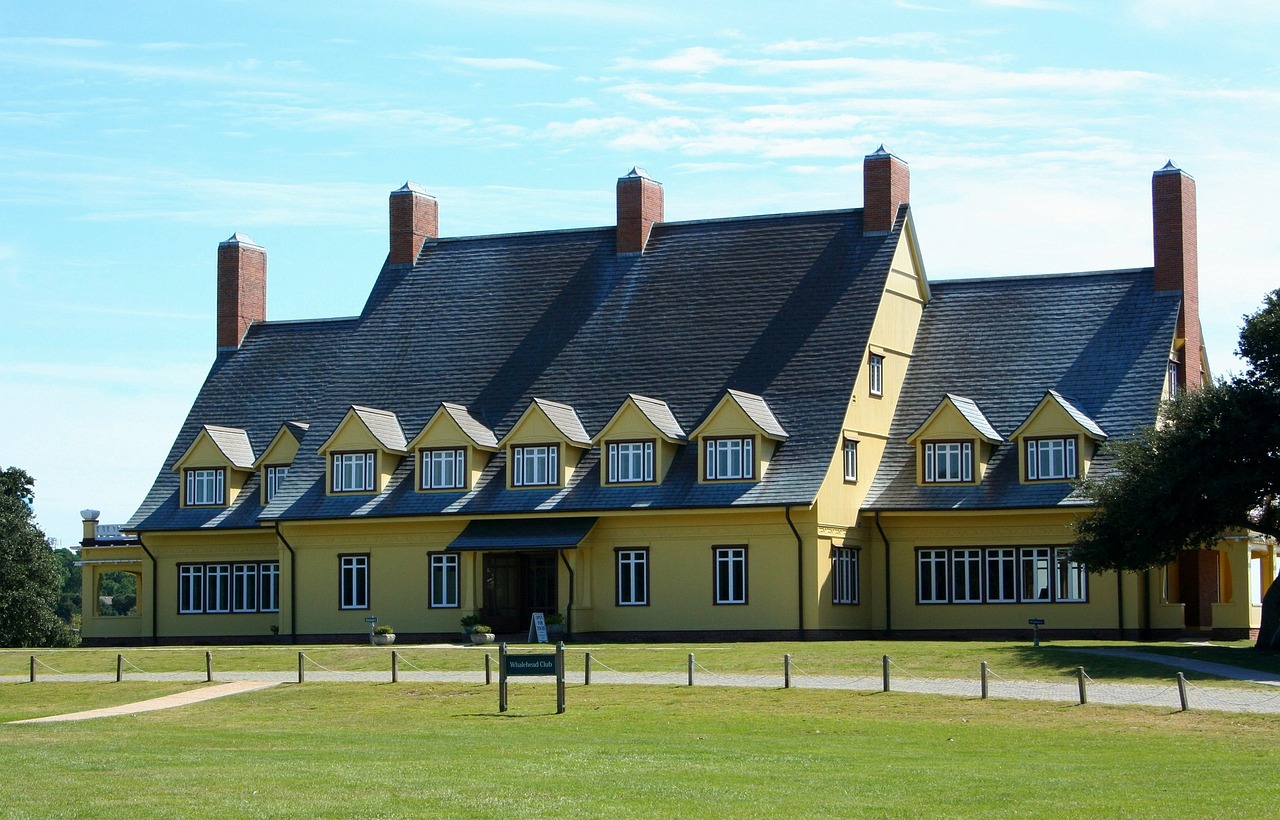
Future Trends in Heritage Restoration
As we look towards the future of heritage restoration, several trends are emerging that will shape the ethical considerations and approaches in preserving our cultural heritage. One significant trend is the increasing emphasis on community engagement in restoration projects. By involving local communities in the decision-making process and implementation of restoration efforts, a sense of ownership and pride in shared cultural heritage can be fostered, ensuring sustainability and respect for diverse perspectives.
Furthermore, there is a growing focus on incorporating sustainable practices in heritage restoration. As awareness of environmental issues continues to rise, it is essential to minimize the ecological footprint of restoration projects to safeguard not only the cultural heritage sites but also the surrounding ecosystems. Implementing green technologies and eco-friendly materials will play a crucial role in ensuring the long-term preservation of our heritage for future generations.
Technological innovations are also expected to drive future trends in heritage restoration. Advancements in digital tools, such as augmented reality and virtual reality, offer exciting possibilities for enhancing the visitor experience at heritage sites and making cultural heritage more accessible to a broader audience. Additionally, the use of drones for site monitoring and 3D printing for replicating delicate artifacts are revolutionizing the way we preserve and present our heritage.
Another key trend in heritage restoration is the integration of traditional craftsmanship with modern techniques. By combining age-old artisanal skills with cutting-edge technologies, restoration projects can strike a balance between authenticity and innovation, preserving the historical integrity of heritage sites while adapting to contemporary needs and challenges. This fusion of the past and the present ensures that our cultural heritage remains relevant and engaging for future generations.
Frequently Asked Questions
- What is heritage restoration?
Heritage restoration involves the process of preserving and revitalizing historical sites, buildings, or artifacts to maintain their cultural significance and historical value for future generations.
- Why is balancing preservation and access important?
Preservation ensures the authenticity and integrity of heritage sites, while access allows the public to engage with and learn from these sites, striking a balance between conservation and educational value.
- How can local communities be involved in restoration projects?
Local communities can contribute by providing historical knowledge, participating in decision-making processes, and engaging in educational programs to instill a sense of ownership and pride in preserving their cultural heritage.
- What are the economic benefits of heritage restoration?
Heritage restoration can stimulate tourism, create job opportunities, and boost local economies through increased cultural appreciation and heritage site visitation, contributing to sustainable development.
- What role does technology play in heritage restoration?
Technology, such as 3D scanning and digital reconstruction, enhances preservation efforts by providing innovative tools for documentation, analysis, and presentation of cultural heritage, ensuring its conservation and accessibility.
- How can environmental sustainability be integrated into restoration projects?
Environmental sustainability in restoration involves adopting eco-friendly practices, minimizing carbon footprint, and preserving the natural surroundings of heritage sites to ensure long-term conservation and ecological balance.
- What are some common controversies in heritage restoration?
Controversies may arise from conflicts between preservation and development interests, debates over maintaining authenticity versus modernization, and challenges in reconciling diverse stakeholder perspectives in restoration projects.
- What legal and ethical frameworks govern heritage restoration?
Heritage restoration is guided by international conventions, national heritage laws, and ethical guidelines that protect cultural heritage, promote access, and uphold ethical standards in preserving and managing heritage sites.
- What are the future trends in heritage restoration?
Future trends include increased community engagement, emphasis on sustainable practices, and integration of cutting-edge technologies to shape the ethical considerations and approaches in preserving and promoting cultural heritage.

